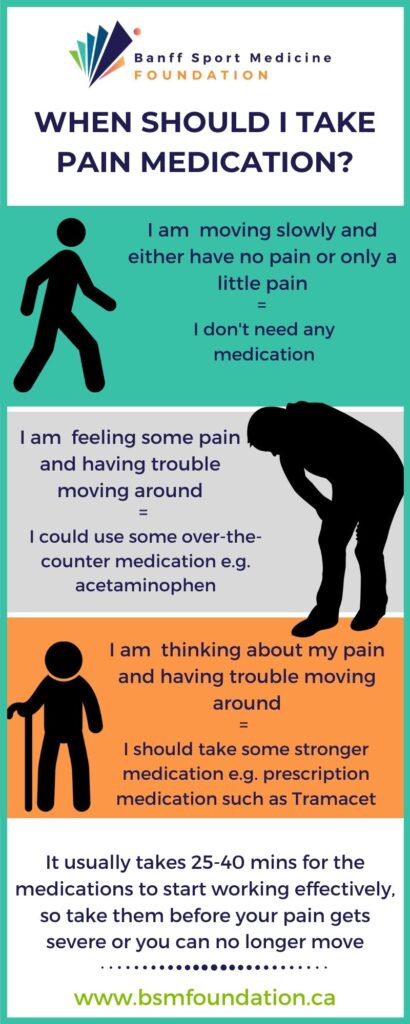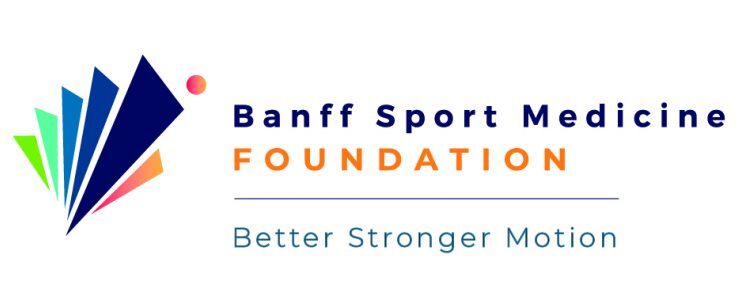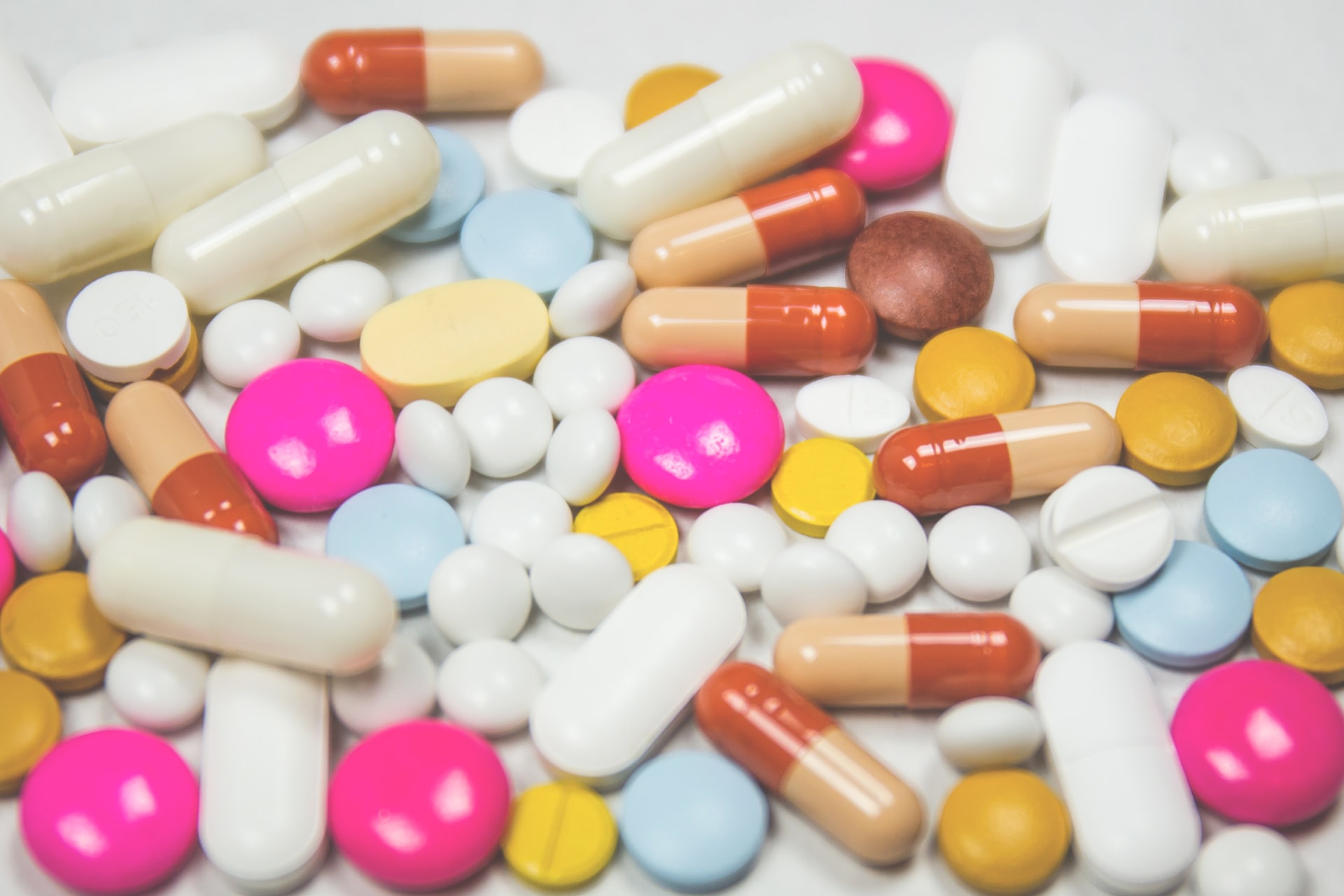Managing pain after your orthopedic surgery
Postoperative pain, or pain following surgery, is an expected part of any orthopedic surgery.
How readily you cope with pain, and the intensity and duration of that pain, is unique to each person.
Orthopaedic surgery, such as an ACL reconstruction, results in acute postoperative pain. Management of that pain can influence how early you start rehabilitation and can also affect your long-term recovery.
How to best manage pain after surgery is an important challenge for you to discuss with your surgeon.
Opioids, such as morphine and oxycodone (Percocet), are often prescribed to help manage the most intense postoperative pain. These strong medications should be used as part of a multipronged approach to post-operative pain management.
Banff Sport Medicine strongly encourages the use of varied approaches to pain management and only-as-required use of opioid medications because since 2016 there have been more than 9,000 opioid-related deaths in Canada, with approximately 11 lives lost each day in 2017 due to opioid overdoses 1.
DYK: orthopaedic surgeons are amongst the highest prescribers of opioids 3 and are responsible for writing 60% of “new start” opioid prescriptions (for patients that haven’t filled an opioid prescription in the preceding 6 months)?
The risk of a new start (or opioid-naïve) patient becoming a chronic opioid user is estimated to be as high as 8%2
It’s important to realize that the goal of pain control during and after your surgery is not to eliminate your pain entirely, but to minimize it to a significant extent, to allow you to safely and effectively start your rehabilitation exercises.
How much pain is expected?
The Banff Sport Medicine Foundation (BSMF) has conducted several clinical research studies to look at better ways to control pain following surgery, particularly after ACL reconstruction.
Patients are asked to record the amount of pain they are experiencing using a 0-to-100-mm visual analog scale (VAS) by making a slash on the line, as shown below. No pain corresponds to 0 and worst pain possible corresponds to 100.

From these types of research studies, BSMF have found that most patients experience the greatest amount of pain on the evening of the first day following surgery, with pain levels (after taking medication), ranging from 40 to 49 on the VAS scale 4,5. Pain levels then steadily decrease over the following days and weeks.
How is pain managed after surgery?
The surgeons at Banff Sport Medicine use a “multimodal” approach, where a variety of pain-reliving techniques are used. This includes using different medications together, along with education and non-medication pain relief strategies.
Medications used can include:
➢ Local anesthetics which can be injected near a set of nerves (nerve block) or the surgery wound site. This option is performed immediately after your surgery at the hospital.
➢ Non-steroidal Anti-inflammatory Drugs (NSAIDs) can be used to decrease swelling and to treat mild to moderate pain. These can be prescription or over-the-counter medications, such as Naprosyn, naproxen, Advil, Motrin, Aleve or ibuprofen.
➢ Acetaminophen is used to decrease mild to moderate pain. These are over-the-counter medications such as Tylenol or Paracetamol.
➢ Opioids are used to decrease severe or intense pain. These are prescription medications such as Tramacet, Percocet, OxyContin, Vicodin, or Tylenol #3 which contains codeine.
➢ Nerve pain medication used to prevent nerve pain and irritation. These are prescription medications such as Lyrica and Neurontin.
When should I take pain medication?
The goal is to keep you moving as well as to control your pain.
If your pain increases or does not decrease with medication you should contact your surgeon.
Some medication is taken on a schedule (for example, every 4-6 hours) and other medications can be taken when you feel pain.

Here is a useful guide:
I am moving slowly and either have no pain or only a little pain = I don’t need any medication.
I am feeling some pain and having trouble moving around = I could use some over-the-counter medication. For example ibuprofen or acetaminophen.
I am thinking about my pain all the time and it is painful for me to move = I should take some stronger medication. For example a prescription medication such as Percocet or Tramacet.
It usually takes 25-40 minutes for the medications to start working effectively so you should take your medication before your pain becomes severe or you are unable to move because of the pain.
Are there ways to reduce my pain besides medication?
Yes! You can do a number of things to help decrease your pain:
Use ice packs or cold therapy every 1-2 hours to decrease swelling and pain.
Rest for the majority of time for the first few days after surgery.
Elevate and support your surgical limb as shown on your rehabilitation exercise protocol.
Keep moving after the first few days, without over doing it.
Distraction such as watching movies, listening to music, playing games, or talking to friends and family, has been shown to help reduce pain after surgery.
Why are opioids used?
Opioids are strong medications and when used properly, they can help to relieve short-term pain like the pain experienced after surgery. When opioids are used improperly, they can cause dependence or addiction, overdose and death.
In collaboration with the Banff Sport Medicine clinic, we have put together this useful guide on how to safely use your prescribed opioid medication.
It’s important to remember that anyone who takes prescription opioids can become addicted!
If you take opioid medications for more than a few weeks, your body becomes used to that dose. This physical dependence means you may experience withdrawal symptoms if you stop taking the drug.
For all of these reasons after your surgery you will receive a medication prescription that should last you 7-10 days after surgery. Most surgery patients only need to use this strong pain relief regularly for 4-5 days.
Withdrawal symptoms include: insomnia, anxiety, racing heartbeat, and headaches. Withdrawal symptoms can be managed by gradually decreasing your medication dose with advice from a health care provider.
Signs of opioid overdose include small pupils, trouble breathing and unconsciousness. Call 911 immediately if you think you or a family member took too much pain medication.
References cited
1. Canada Go. Canada’s Opioid Crisis (fact sheet). https://www.canada.ca/en/health-canada/services/publications/healthy-living/canada-opioid-crisis-fact-sheet.html. Published 2019. Accessed May 7, 2020.
2. Gil JA, Gunaseelan V, DeFroda SF, Brummett CM, Bedi A, Waljee JF. Risk of Prolonged Opioid Use Among Opioid-Naïve Patients After Common Shoulder Arthroscopy Procedures. The American Journal of Sports Medicine. 2019:0363546518819780.
3. Hagedorn JCI, Danilevich M, Gary JL. What Orthopaedic Surgeons Need to Know: The Basic Science Behind Opioids. JAAOS – Journal of the American Academy of Orthopaedic Surgeons. 2019;27(18):e831-e837.
4. Hiemstra LA, Heard SM, Sasyniuk TM, Buchko GL, Reed JG, Monteleone BJ. Knee immobilization for pain control after a hamstring tendon anterior cruciate ligament reconstruction: a randomized clinical trial. Am J Sports Med. 2009;37(1):56-64.
5. Macdonald SA, Heard SM, Hiemstra LA, Buchko GM, Kerslake S, Sasyniuk TM. A comparison of pain scores and medication use in patients undergoing single-bundle or double-bundle anterior cruciate ligament reconstruction. Can J Surg. 2014;57(3):E98-104.







